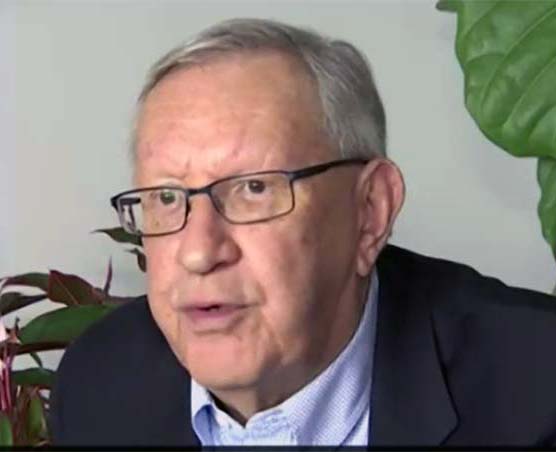Chris Elliott has written this series of posts in order to make sense of the Transportation Department’s (DOT’s) proposed rules and offer the most informed feedback during its commenting period. Comments will be accepted until August 9th. Please take a moment to read the rulemaking and then tell the government what you think at Regulationroom.org.
Please participate in the DOT outreach. You ‘ll have to register and learning the site takes about 5 minutes, then site users have a direct line to DOT. This is a time that ordinary citizens can have their voices heard in Washington. Let DOT know what you think about each of these issues in the rulemaking.
The regulationroom.org website is organized by topics so that users can focus on one portion of the rulemaking at a time and make their comments heard. DOT is also monitoring the website and responding to comments and questions raised by airline passengers.
• Part 1: New tarmac delay contingency plans — what’s in it for you?
• Part 2: Government will require airlines to offer “complete picture” of ground delays
• Part 3: New rules would require airlines to meet “minimum” customer service standards
• Part 4: Government to airlines: Put it in the contract!
• Part 6: Everything you need to know about the new denied boarding compensation rules
• Part 7: The truth about the government’s new “full fare” disclosure rule
• Part 8: Transportation Department wants airlines to reveal all fees and an airfare — or two
• Part 9: New rule: No more price increases after you buy a ticket
• Part 10: Airlines must “promptly” notify passengers of flight delays under proposed rule
• Part 11: No more lawsuit limits for passengers under proposed government rules
• Part 12: The hard facts about the peanuts-on-a-plane rule everyone’s talking about This part of the rulemaking has been removed by DOT because of jurisdictional issues.

Charlie Leocha is the President of Travelers United. He has been working in Washington, DC, for the past 14 years with Congress, the Department of Transportation, and industry stakeholders on travel issues. He was the first consumer representative to the Advisory Committee for Aviation Consumer Protections appointed by the Secretary of Transportation from 2012 through 2018.




